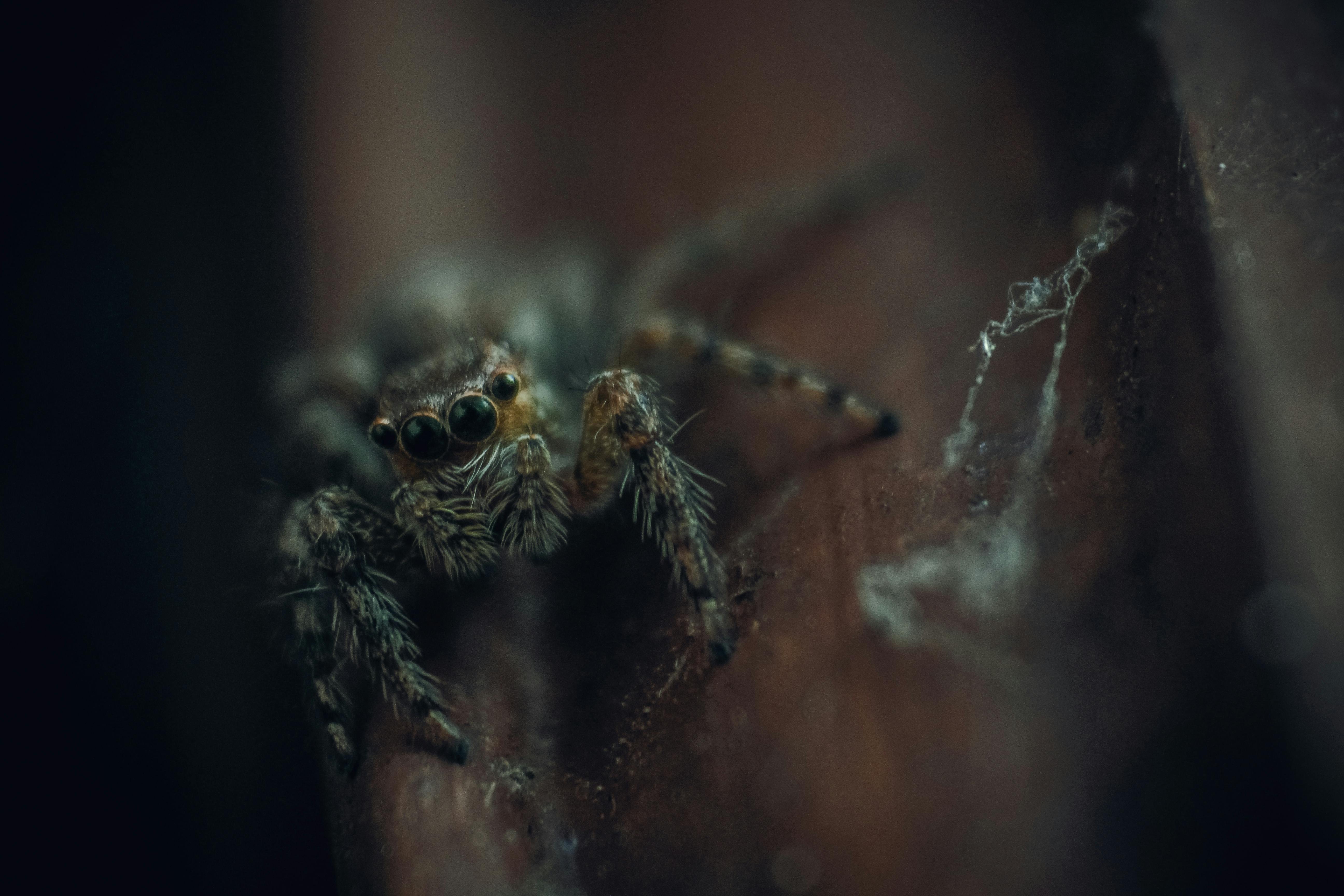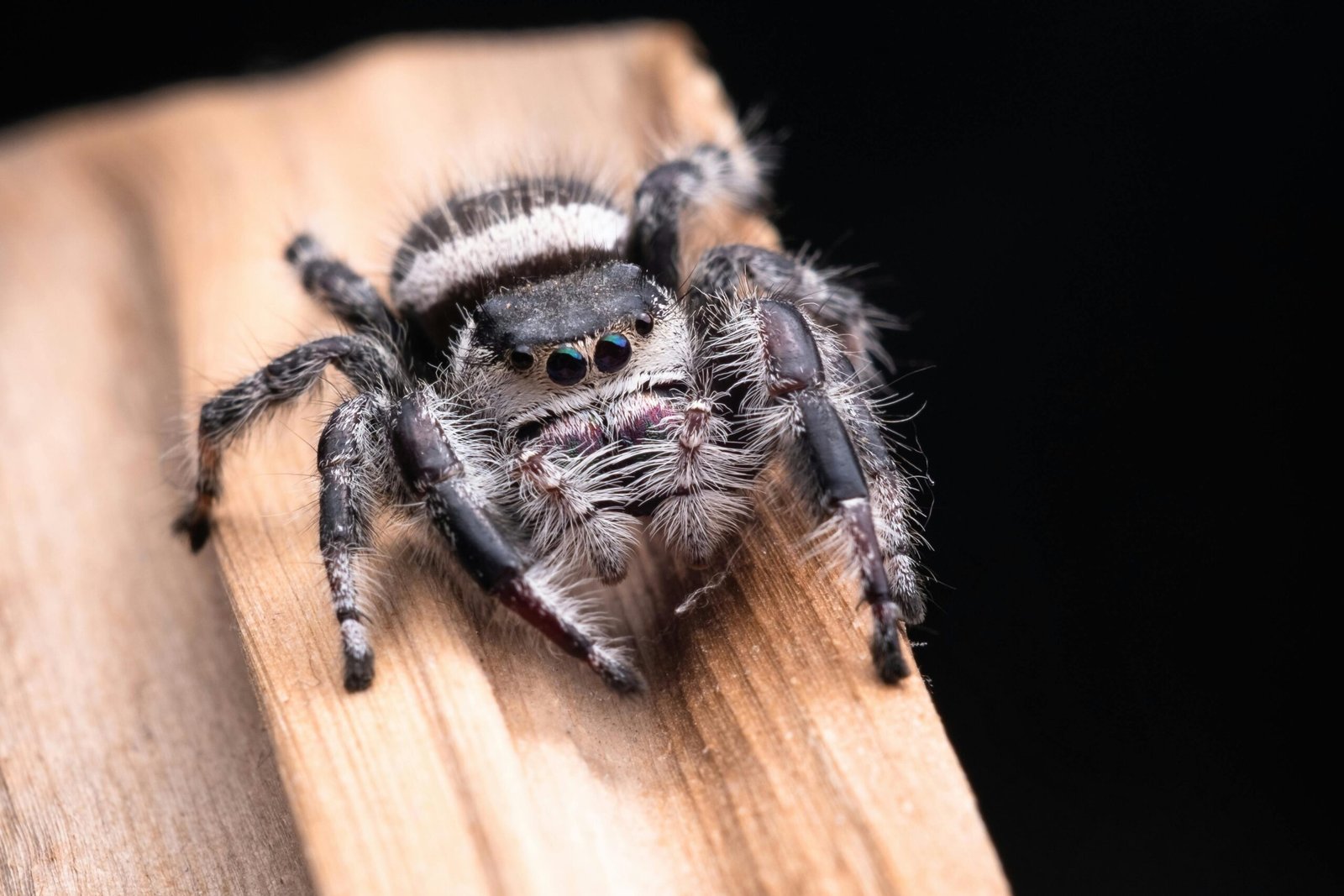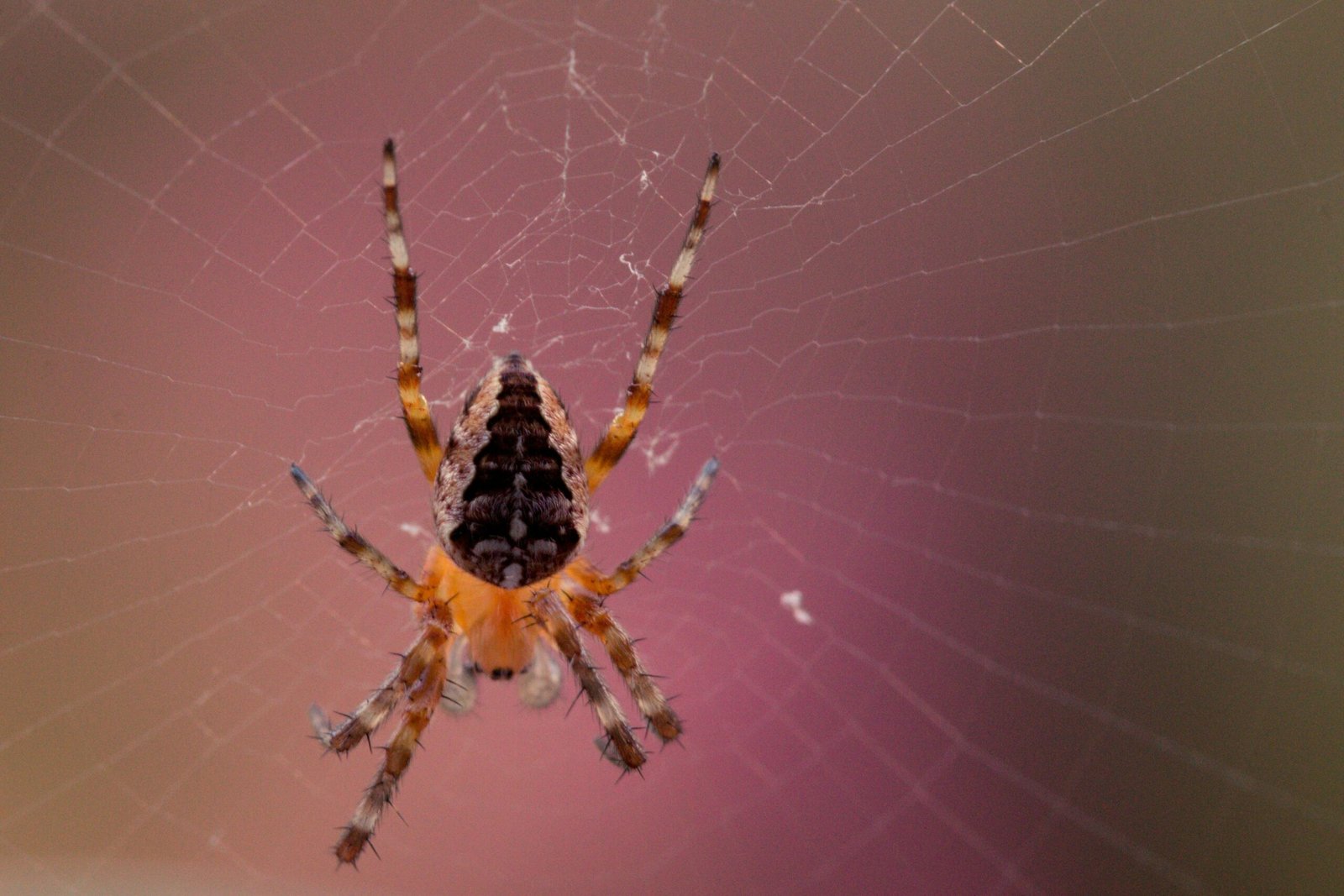Have you ever wondered how deep the substrate should be for your pet burrowing tarantulas? It’s important to provide a suitable environment for these fascinating creatures to thrive. In this article, we will explore the ideal substrate depth for burrowing tarantulas, taking into consideration their natural habitat and needs. So, if you’re a tarantula enthusiast or thinking of getting one as a pet, read on to discover the perfect substrate depth to keep your eight-legged friend happy and healthy.

Introduction
If you’re a tarantula owner or considering becoming one, understanding the importance of substrate depth is crucial for the well-being of your eight-legged friend. Substrate depth refers to the thickness of the material that covers the bottom of your tarantula’s enclosure. In this article, we will explore why substrate depth is important, factors to consider when determining the appropriate depth, specific recommendations for different tarantula species, how to monitor and adjust the depth, common mistakes to avoid, and alternative housing options.
Importance of Substrate Depth
Ensuring Natural Burrowing Behavior
One of the primary reasons why substrate depth is crucial for tarantulas is that it allows them to engage in their natural burrowing behavior. In the wild, tarantulas use their strong legs and powerful fangs to dig burrows in the soil, where they spend a significant amount of time hiding, hunting, and molting. By providing sufficient substrate depth in their enclosures, you are giving your tarantula the opportunity to exhibit this natural behavior and fulfill their instinctual needs.
Maintaining Optimal Moisture Levels
Another reason why substrate depth is important is because it helps maintain optimal moisture levels within the enclosure. Tarantulas, especially those from humid environments, require a certain level of moisture to thrive. The substrate acts as a reservoir for water, preventing excessive drying and providing a humid microclimate for your tarantula. Without adequate substrate depth, it can be challenging to maintain the necessary moisture levels, which may lead to dehydration or other health issues for your tarantula.
Promoting Feeling of Security
Tarantulas are known for their timid and reclusive nature. They often seek out safe and secure hiding spots to feel comfortable in their environment. By providing sufficient substrate depth, you are creating a sense of security for your tarantula. Burrowing not only offers them a place to hide from potential predators or disturbances but also helps them feel safe and reduce stress. A deep enough substrate layer gives your tarantula the ability to retreat and create their own cozy space, promoting their overall well-being and happiness.
Factors to Consider
Species of Tarantula
When determining the appropriate substrate depth for your tarantula, it is crucial to consider the specific species. Different tarantulas have varying burrowing behaviors and preferences. Some species, such as the Mexican Red Knee (Brachypelma smithi), are avid burrowers and require a deeper substrate layer. Others, like the Greenbottle Blue (Chromatopelma cyaneopubescens), are more arboreal and may not require as much depth. Researching the natural habitat and behavior of your tarantula species will give you valuable insights into their burrowing needs.
Size and Age of Tarantula
The size and age of your tarantula also play a role in determining the appropriate substrate depth. Generally, smaller tarantulas require less depth compared to larger ones. Additionally, younger tarantulas might not exhibit intense burrowing behaviors until they reach maturity. It is important to consider the current size and age of your tarantula when deciding on the substrate depth, keeping in mind that adjustments may need to be made as your pet grows and develops.
Type of Substrate
Choosing the right type of substrate is equally important as determining its depth. Common substrates include coconut fiber, vermiculite, peat moss, and a mixture of these materials. The type of substrate you choose should be suitable for burrowing, provide good moisture retention, and be free of any harmful chemicals or pesticides. Additionally, the substrate should be easily moldable to allow your tarantula to create burrows and tunnels according to its preference.
General Guidelines for Substrate Depth
Minimum Depth
As a general guideline, the minimum substrate depth for most tarantulas should be at least 1.5 times the leg span of your spider. This ensures that your tarantula has enough space to dig a burrow and move comfortably within the enclosure. For smaller tarantulas, a depth of 2-3 inches may be sufficient. However, larger tarantulas may require depths of 5 inches or more. It is always safer to err on the side of caution and provide a deeper substrate layer rather than risk having insufficient depth.
Maximum Depth
While sufficient depth is crucial, providing excessive substrate depth can have its drawbacks. Aim for a maximum depth of around 6-8 inches, as excessively deep substrate can be difficult to maintain, increase the risk of mold or bacterial growth, and make it challenging to observe your tarantula. Remember that the goal is to provide a comfortable and safe environment for your tarantula, and going beyond the maximum recommended depth may not offer any additional benefits.

Species-specific Recommendations
Terrestrial Tarantulas
Terrestrial tarantulas, such as the Chilean Rose Hair (Grammostola rosea), are ground-dwelling species that typically exhibit extensive burrowing behavior. For these species, a substrate depth of 4-6 inches is recommended to allow them to dig their burrows and create a suitable hiding spot. However, always consider the size and age of your individual tarantula when determining the exact depth.
Arboreal Tarantulas
Arboreal tarantulas, like the Pink Toe (Avicularia avicularia), are tree-dwelling species that tend to spend more time climbing and hiding in vertical structures. While these tarantulas may not require as much substrate depth, it is still important to provide a small layer of substrate to promote a sense of security. A depth of 1.5-2 inches should be sufficient, allowing them to anchor themselves and feel comfortable while not hindering their natural arboreal behaviors.
Burrowing Tarantulas
Burrowing tarantulas, such as the Goliath Birdeater (Theraphosa blondi), are known for their intense burrowing habits. These species require the deepest substrate layers, ranging from 6-8 inches or more. A deep layer will allow them to create extensive burrow systems and fulfill their natural instincts. Ensure that the substrate material is loose and easily tunneled through.
Monitoring and Adjusting
Observation and Behavior
To ensure your tarantula is content with the substrate depth, it is important to regularly observe their behavior. If your tarantula is consistently burrowing and seems to be thriving, it indicates that the depth is appropriate. However, if they show signs of stress or avoidance of the substrate layers, it may be necessary to adjust the depth accordingly. Remember that each tarantula may have different preferences, so keeping an eye on their behavior is key to providing optimal conditions.
Moisture Levels
Maintaining the right moisture levels within the substrate is essential. Regularly monitor the moisture content by touching the substrate, ensuring it is neither too dry nor excessively wet. Adjustments may need to be made based on the specific requirements of your tarantula species. Mist the substrate lightly with water or use a spray bottle to maintain the desired humidity level, being careful not to oversaturate the substrate.
Providing Options
Offering multiple areas with varying substrate depths within the enclosure can give your tarantula options and enhance their overall well-being. You can create a gradient of substrate depth by gradually changing the level from one side to the other. This way, your tarantula can choose which depth suits them best at any given time, whether they prefer a shallow resting spot or a deeper burrow.

Common Mistakes to Avoid
Inadequate Depth
One of the most common mistakes is providing inadequate substrate depth. Tarantulas are natural burrowers, and insufficient depth can lead to stress, lack of hiding places, and ultimately, compromise their overall health. Always research and understand the specific needs of your tarantula species to avoid this mistake.
Excessive Depth
While depth is important, providing an excessive amount of substrate can also be problematic. It can make it difficult to maintain appropriate moisture levels, increase the risk of mold or bacterial growth, and hinder observation of your tarantula. Stick to the recommended maximum depth to ensure a safe and manageable environment.
Incorrect Substrate Type
Using the wrong substrate type can also be detrimental to your tarantula’s well-being. Some substrates may retain too much moisture or contain harmful additives. Research and select a substrate that is suitable for burrowing, provides good moisture retention, and is safe for your tarantula.
Alternate Housing Options
Using Enclosures with Built-in Burrows
Some commercial tarantula enclosures come with built-in burrows or hideouts. These enclosures usually have a specific compartment filled with substrate that is deep enough to allow your tarantula to engage in natural burrowing behavior. While these setups can be convenient, it is important to ensure that the burrow meets the appropriate depth requirements for your specific tarantula species.
Artificial Burrow Setups
For tarantulas that require a deep substrate depth but may be housed in enclosures that do not provide enough space, setting up artificial burrow structures can be a suitable alternative. These structures can be created using materials like PVC pipes or plastic containers with holes, filled with the desired substrate depth to mimic a natural burrow. Always ensure the structure is secure and provides enough space for your tarantula to navigate comfortably.

Conclusion
In conclusion, providing the recommended substrate depth for your burrowing tarantulas is crucial to their overall well-being. It enables them to engage in natural burrowing behavior, maintains optimal moisture levels, and promotes a feeling of security. Factors such as the species of tarantula, size, age, and type of substrate need to be considered when determining the appropriate depth. Regular monitoring and adjustments, along with avoiding common mistakes, will ensure a happy and healthy living environment for your tarantula. Remember, a well-built burrow leads to a contented tarantula!